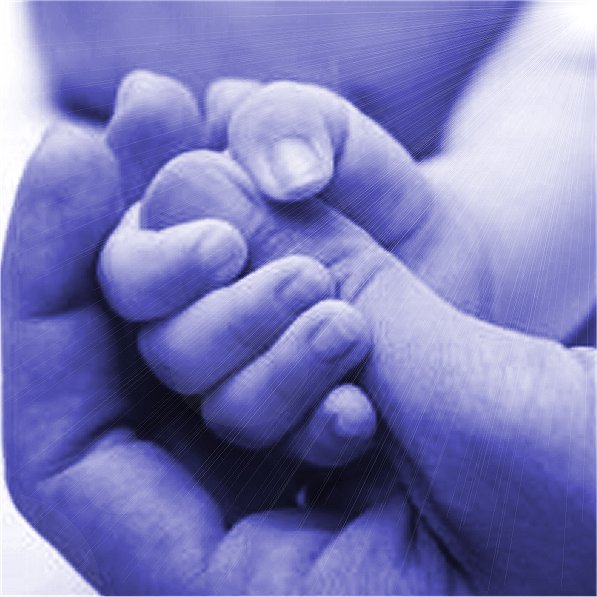
If you place your finger near a baby’s hand, the baby will sometimes close its fingers around yours, often quite tightly. This is known as the ‘palmar grasp reflex’ and is found in human and primate infants. Biologists speculate that this grasping reflex evolved as an important survival mechanism that still has a useful purpose in young primates who cling onto their mother’s fur to be carried. Although the evolutionary purpose may be a bit more metaphorical, there’s a similar reflex in our minds and emotions that grasps and holds onto some things that enter our experience. These can be pleasant experiences that we don’t want to let go of as well as unpleasant and negative things that we identify with, or that resonate for some reason within us.
So, why do we grasp at some things in our experience, and what makes us hold on to them? Our mental and emotional landscape is rarely flat and featureless; it’s more likely to contain hills and valleys. We tend to grasp things that reinforce our peaks, as well as fill our seemingly empty troughs of need. On top of this, life is not always harmonious, so when we experience discomfort or dissonance, we seek equilibrium, like a chord that needs resolving or a fragment that needs completing. There is also our in-built negativity bias, where we pay greater attention to and process threats more than pleasant experiences, which plays a role in holding onto negative things.
Share on
